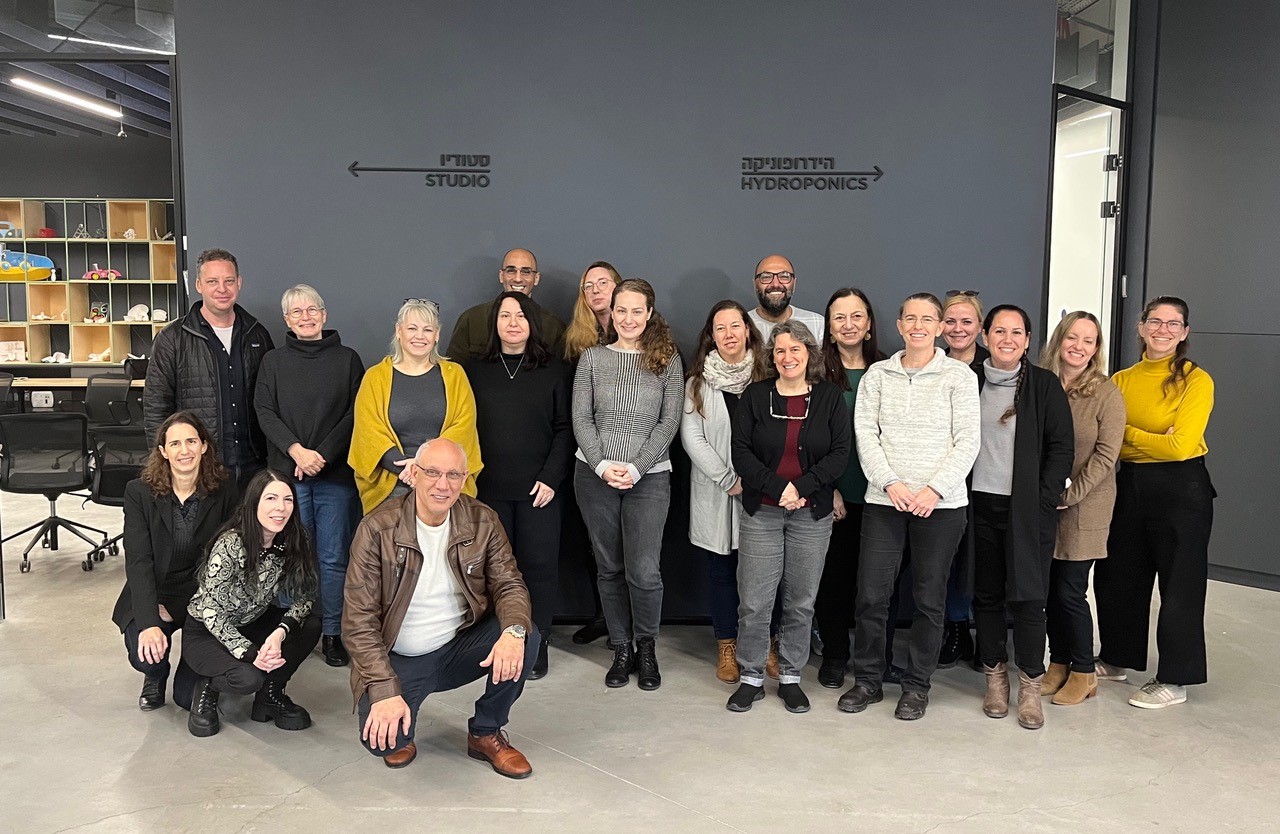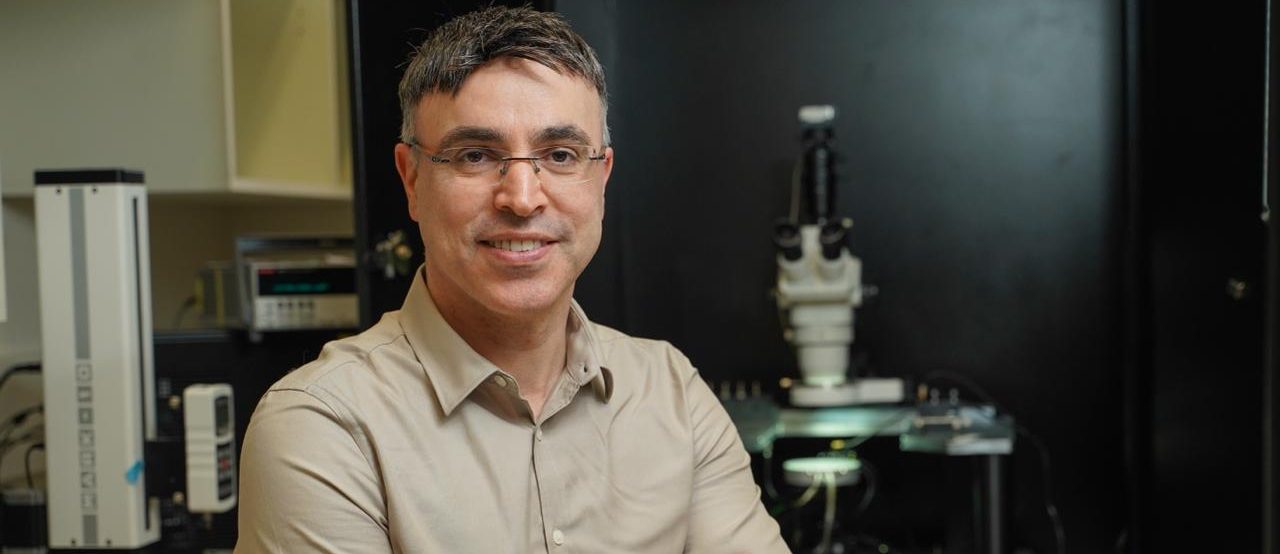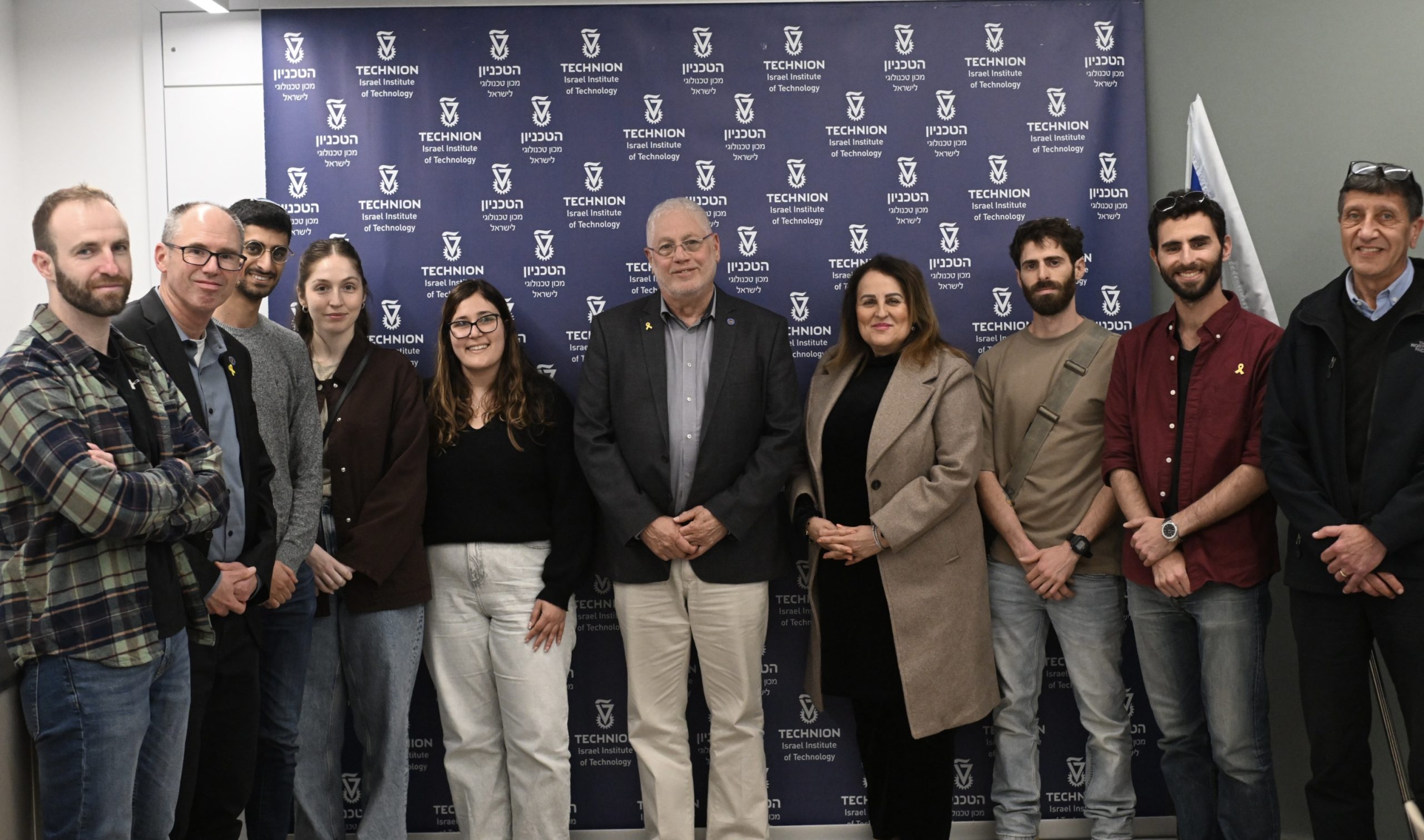הכוח שבמגוון
הטכניון מכשיר שגרירי גיוון שיקדמו פרויקטים המעוררים מודעות למגוון האנושי בקמפוס

הטכניון מכשיר שגרירי גיוון שיקדמו פרויקטים המעוררים מודעות למגוון האנושי בקמפוס

הטכניון הוא האוניברסיטה הישראלית היחידה במאייה הפותחת והוא מדורג במקום ה-89 בעולם

גישה חדשנית המדמה מערכת הראייה של חרקים שפותחה בטכניון צפויה להשפיע על ניטור תהליכים מולקולריים של סרטן ומחלות אחרות

חברת הכנסת קטי שטרית, החברה בוועדת החינוך, התרבות והספורט, ביקרה אתמול לראשונה בטכניון ונפגשה עם נשיא הטכניון פרופ' אורי סיון והמשנה הבכיר לנשיא פרופ' עודד רבינוביץ'.

100000
בוגרים
18
פקולטות
15000
סטודנטים
60
מרכזי מחקר
ברחבי הקמפוס